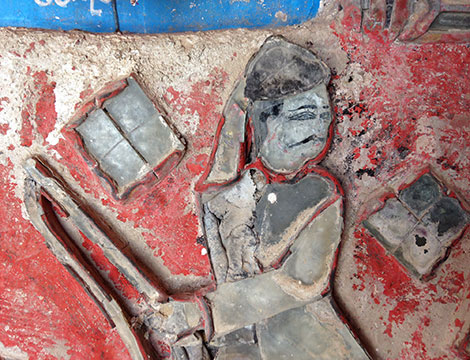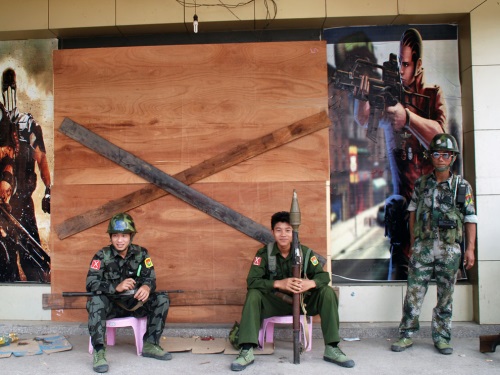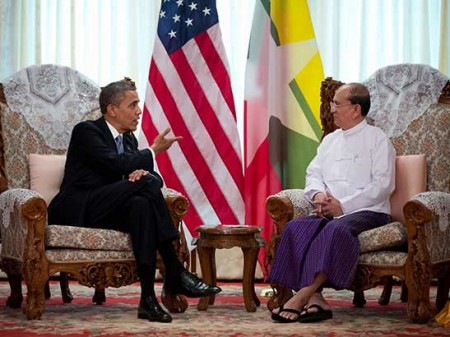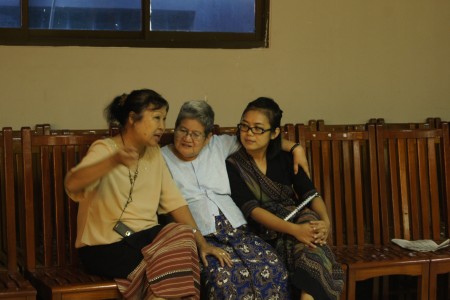
This article was originally published by the United States Institute of Peace (USIP) on 17 March 2017.
When the iconic democracy champion Aung San Suu Kyi won her historic, landslide election in Burma (Myanmar), she was met by soaring expectations, as well as by the formidable challenges of violent conflicts, a stuttering economy and the significant constraints of sharing authority with a still-powerful military.
Not surprisingly, she has fallen short.
Since taking office just over a year ago, she has been navigating a thorny and complex landscape with great caution. Many say too cautiously, but getting that balance right will be critical for a successful and peaceful transition.




